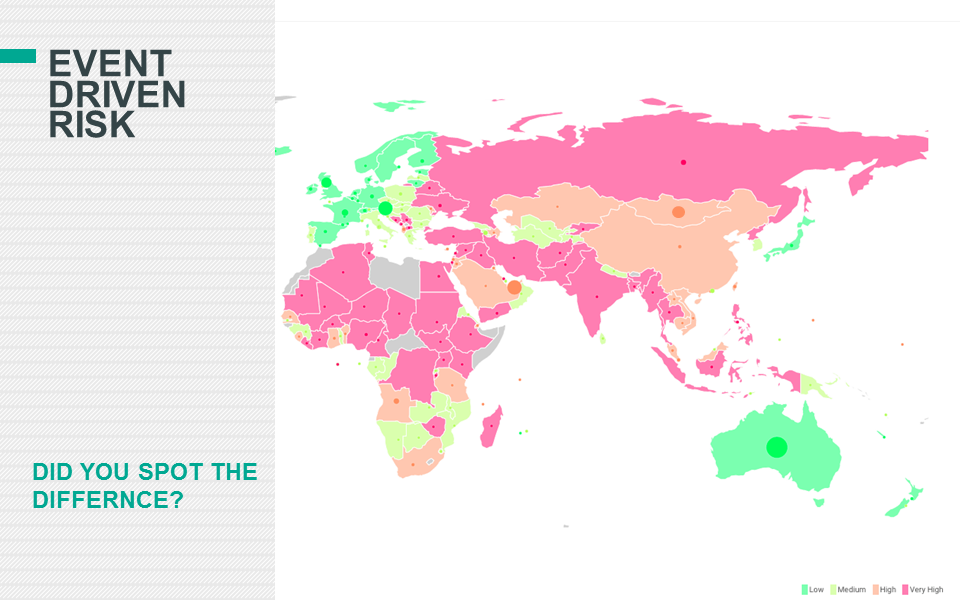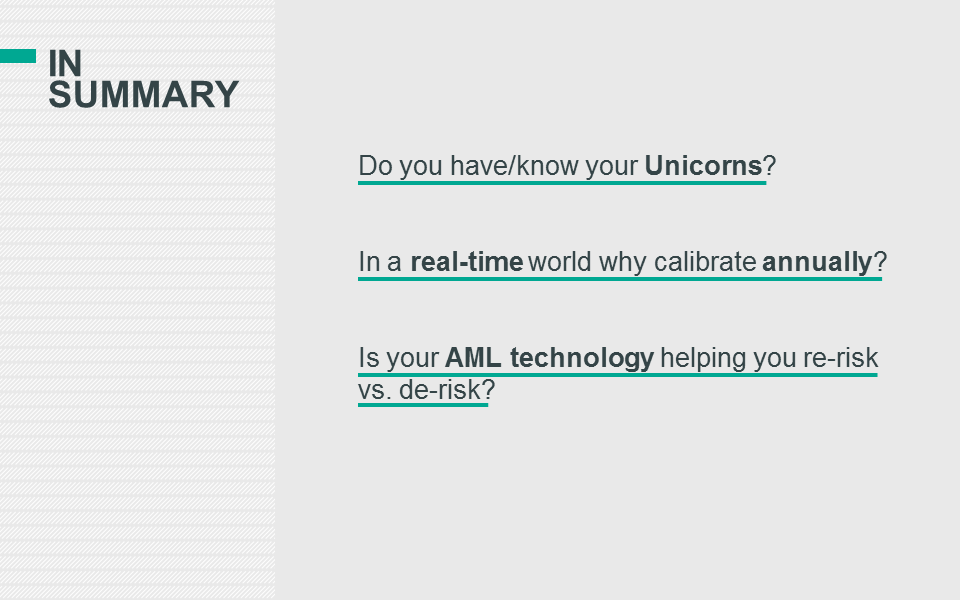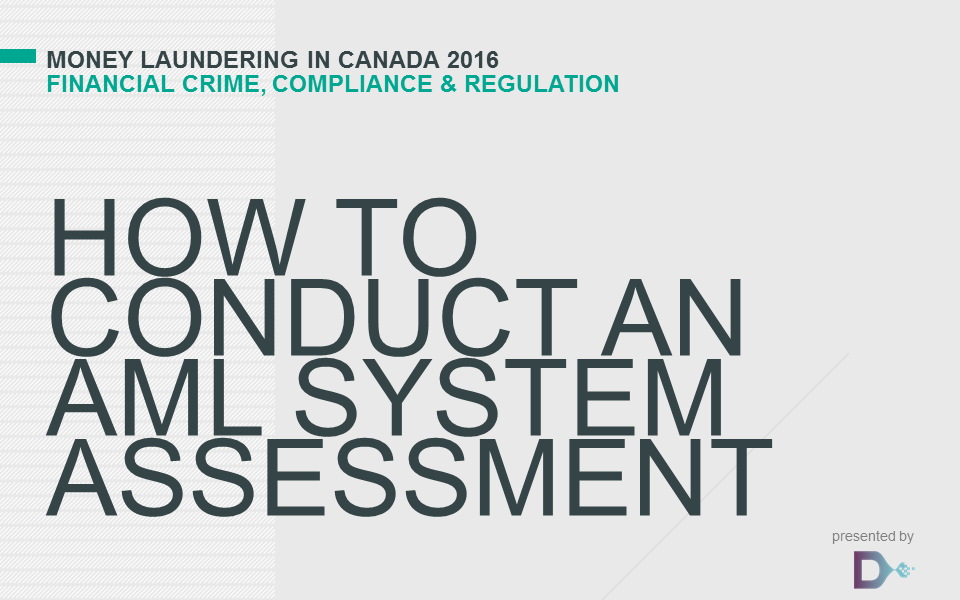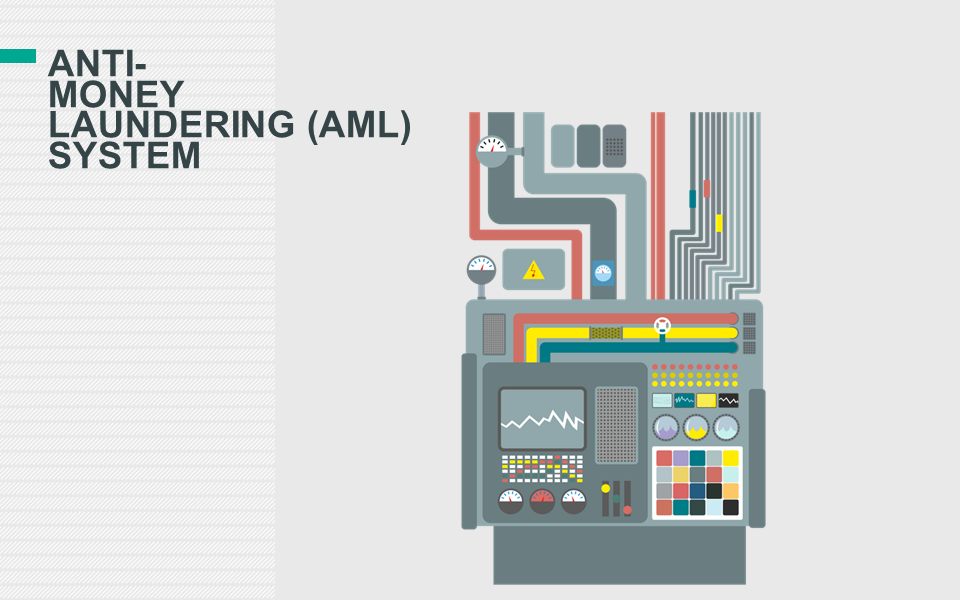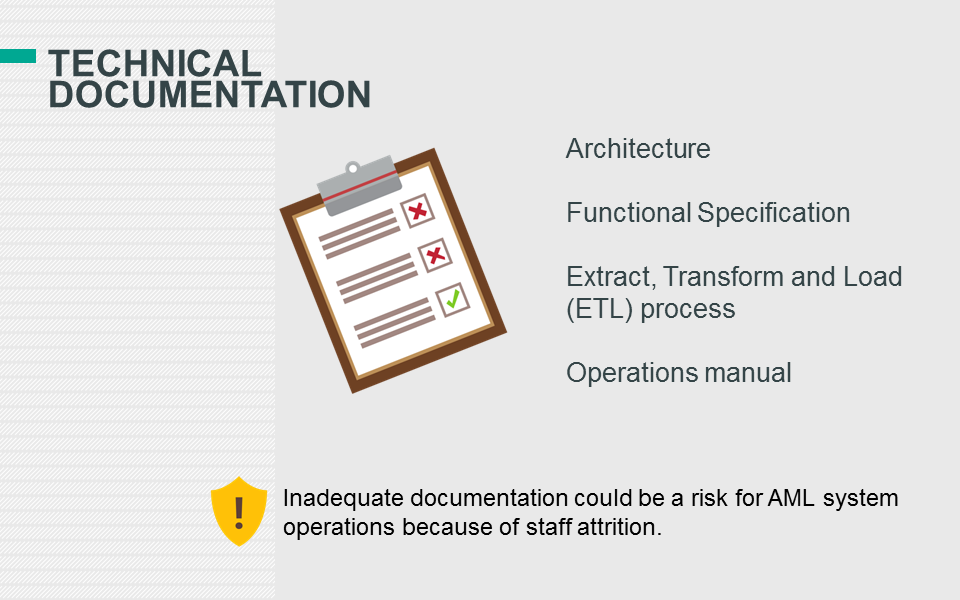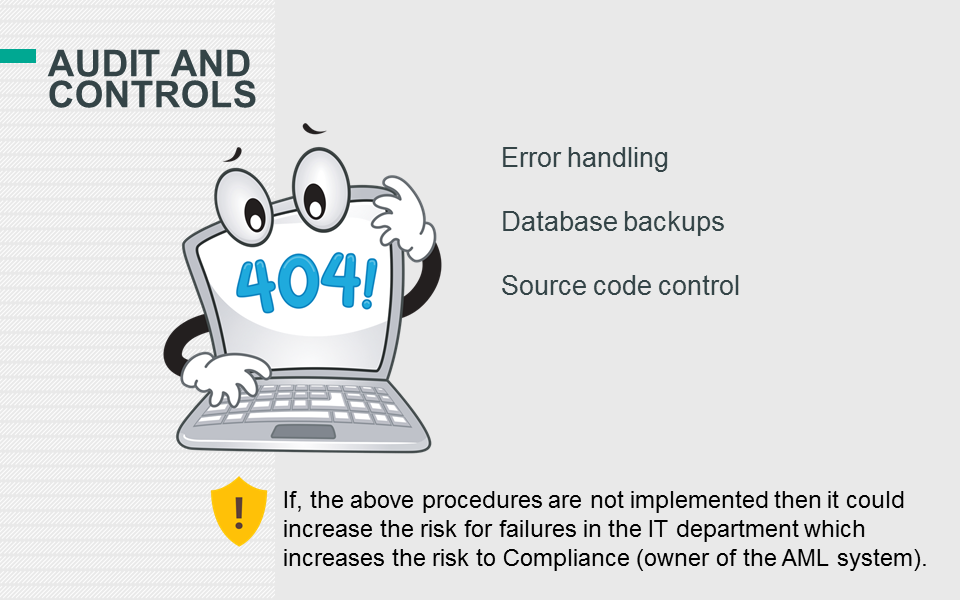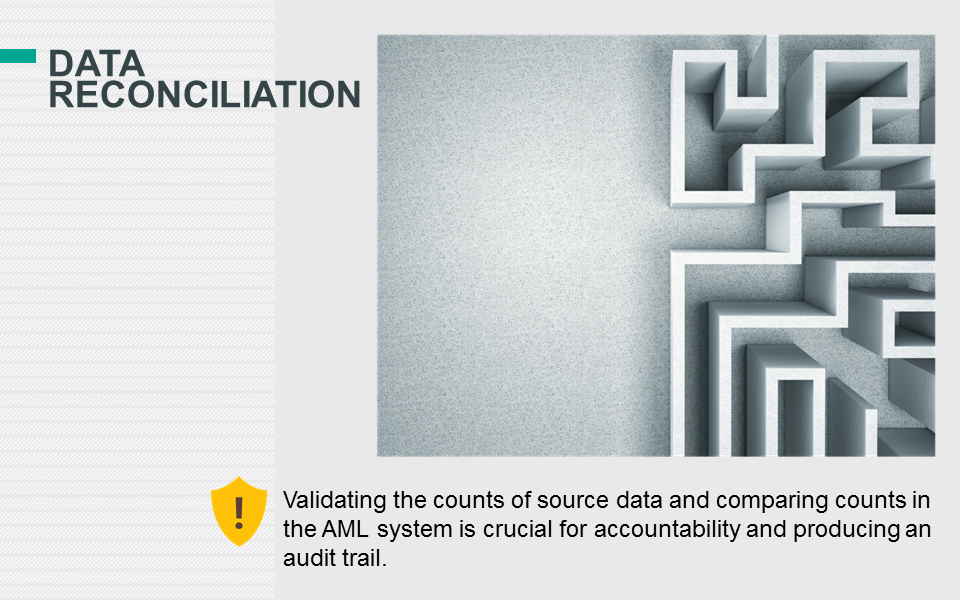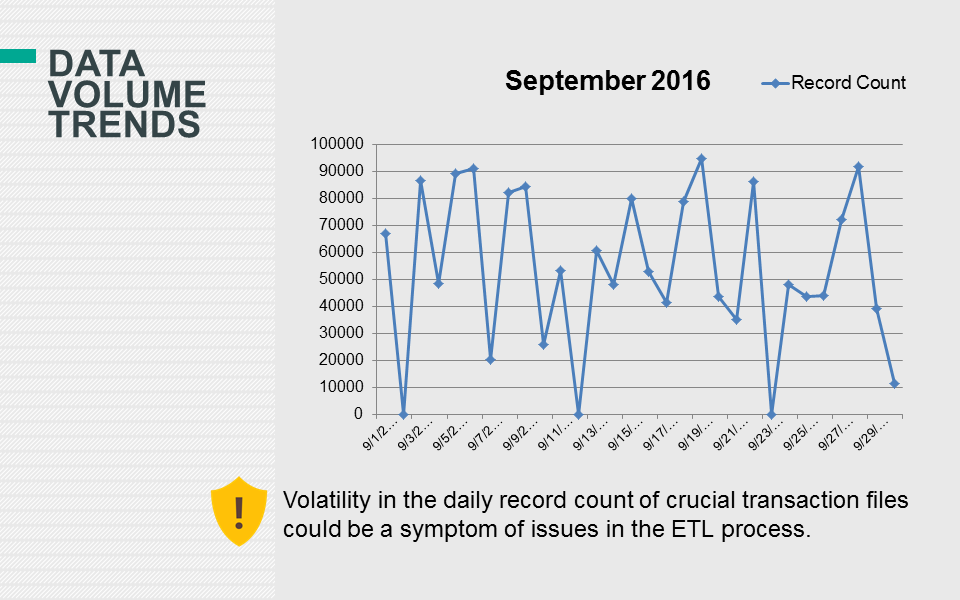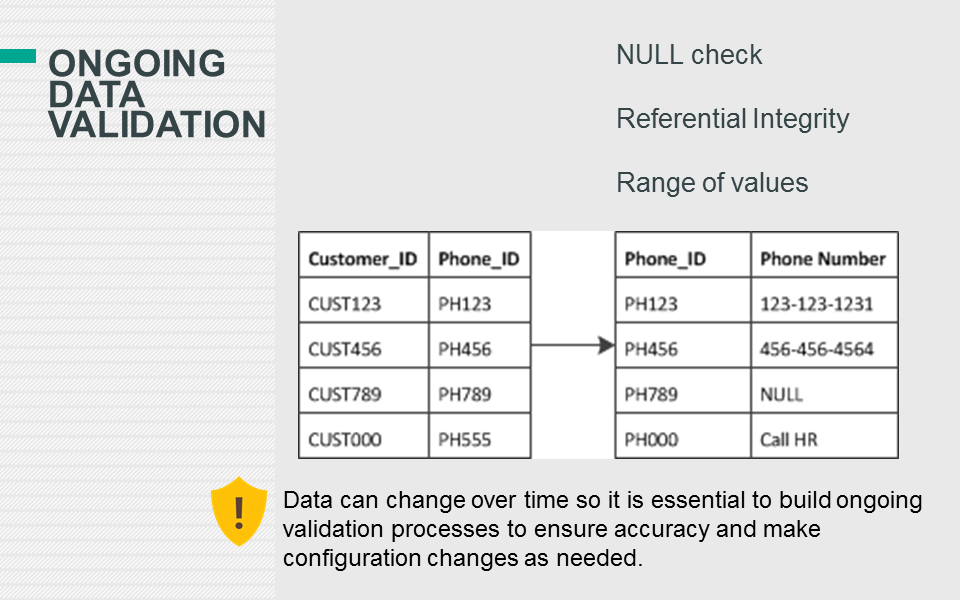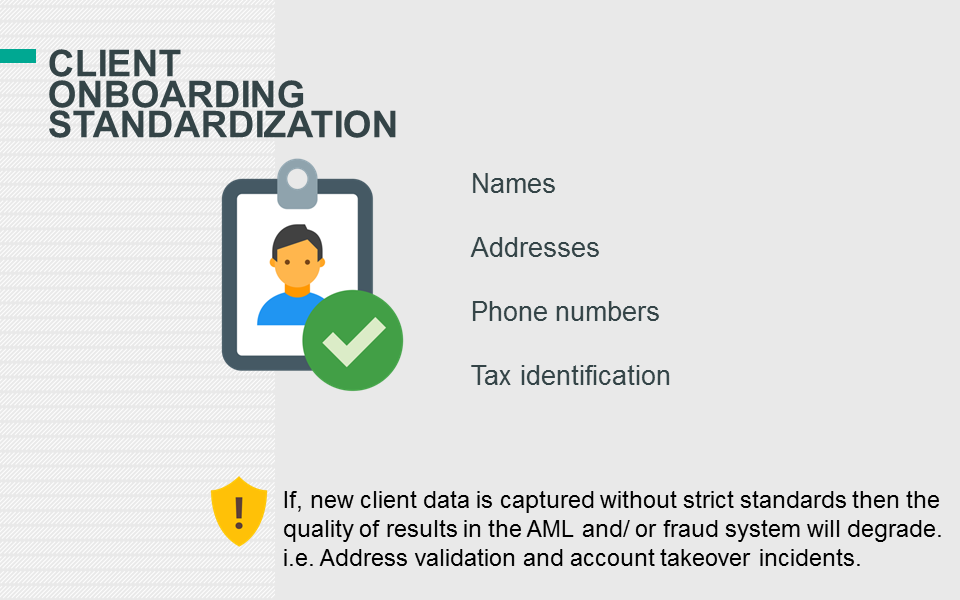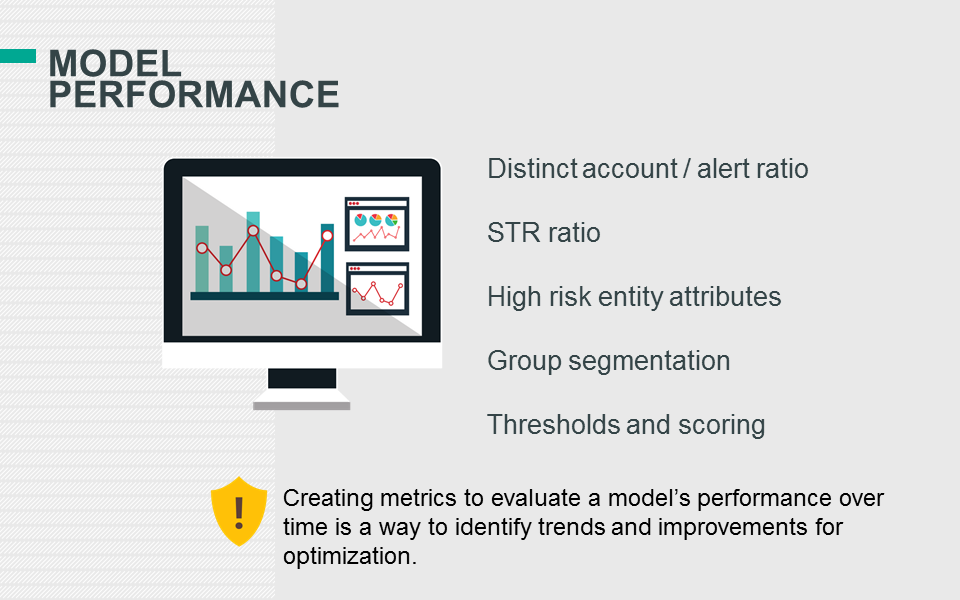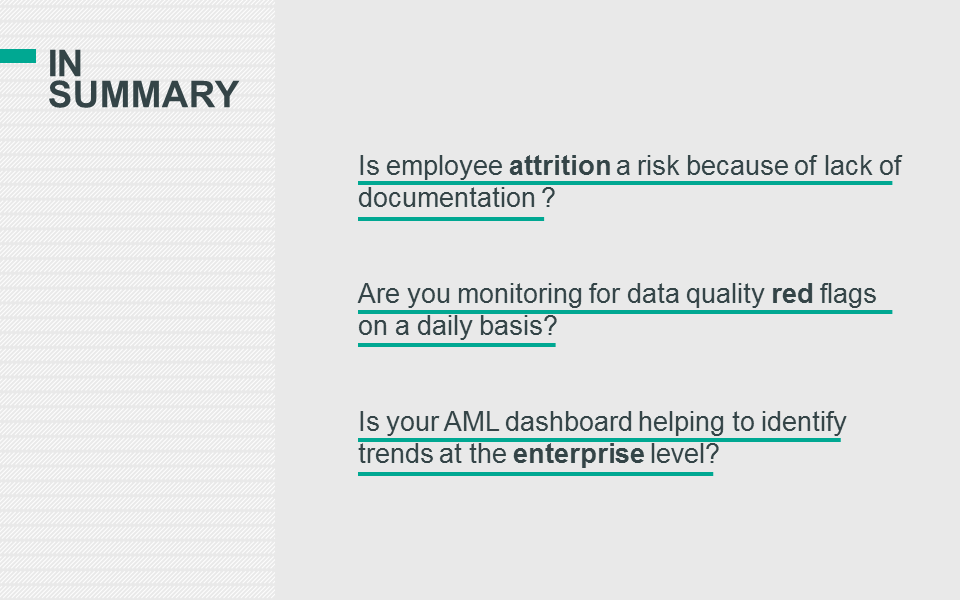MERCHANT-BASED MONEY LAUNDERING PART 3: THE MEDIUM IS THE METHOD
/The previous editions of this series on merchant-based explored the many manifestations of the dark side of the terminal, including suspicious transactions merchants may see that could be tied to fraud groups and the risks tied to both closed loop and open loop prepaid cards.
To read the first story, covering “phantom shipments,” please click here. To read the second story on “prepaid gift card smurfing,” please click here.
Merchants can be involved with phantom shipments to move value across borders and cash can be anonymously loaded on prepaid gift cards through smurfing operations and used at US merchants to make sales revenue appear legitimate.
The rules and actions of the payment sector have direct implications on bank anti-money laundering programs.
How? Because while banks are technically not liable for the illicit actions of their customers’ customers – the customers of a merchant or payment processor – the bank is on the hook for properly inquiring about the risk of that customer base and compliance procedures, if any, of the merchants.
Read More



























